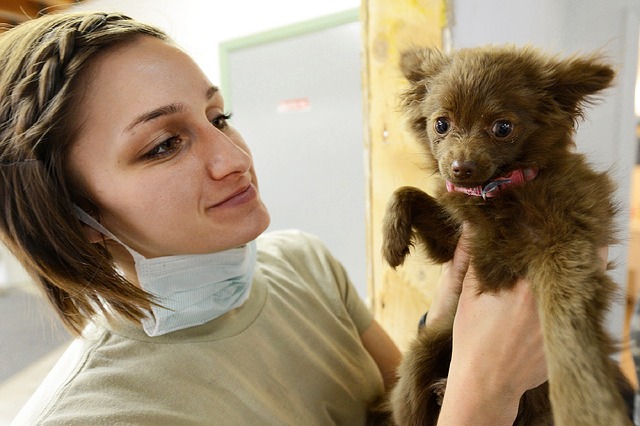
Knowing how to protect your pup from the itch (atopic dermatitis) is just as important to them as it is to you. Flawless, blemish-free skin – just what you want for yourself.
You want to look good and feel good. So, you avoid anything that may cause skin irritation, right? But, do you take care of your dog’s skin the same way you do for yourself?
Like humans, dogs can also suffer from skin diseases. Their furry coats serve as partial protection to a number of things. However, they do not guarantee 100% freedom from hundreds of allergens in their environment.
When they have Atopic Dermatitis, they suffer just like we do and, perhaps, even more so. We owe it to them to do our best to prevent it when possible and, failing that, to treat it effectively.
Atopic Dermatitis is a common canine skin condition. It is an inflammatory, chronic skin disease connected with allergies. It is also referred to as “Atopy” and was previously known as “Allergic Inhalant Dermatitis”.
Dogs are usually between the ages of 3 months and 6 years when they first display symptoms of atopic dermatitis. However, when a case of atopic dermatitis is very mild, signs may not actually show up until the third year.
Signs and Symptoms
Clinical indications associated with atopic dermatitis include:
- Intense itching
- Persistent scratching, rubbing and licking
- Redness of the skin
- Rashes
- Hair loss in specific areas
- Bleeding
- Oozing skin lesions
The signs linked to atopic dermatitis are progressive. They will become worse over time. Pay particular attention to your dog’s ears, ankles, muzzles, underarms, groin area, around the eyes, and in between the toes.
To best protect your pup from the itch, you first need to know what causes it.
Causes
It is believed that atopy occurs when certain proteins in the dog’s environment are inhaled or become in direct contact with the skin. Some of the normally harmless substances that can produce allergic reactions are as follows.
- Animal danders
- Pollens from grasses, trees, and weeds
- Mold spores
- House dust
- Mites
- Insect proteins; and
- Natural human fibers

Diagnosis
You cannot protect your dog from the itch known as atopic dermatitis unless you know he is at risk. Your vet will perform an extensive medical history and physical examination of your dog. If it is indicated, they will then perform intra-dermal testing. This is where a small amount of test allergen is injected into the skin. The results are not 100% reliable. Serologic allergy testing may also be performed by taking blood samples.

Protect Your Dog From The Itch With Proper Treatment
Depending on what causes your dog’s allergic reactions, treatment may be any of the following:
- Symptomatic therapy. If your dog has mild clinical symptoms, your vet may prescribe antihistamines to relieve itch. This is often diphenhydramine, the main ingredient in Benadryl. He may prescribe fatty acid supplements to reduce skin inflammation. Topical treatments such as medicated shampoos and ointments can help soothe your dog’s skin. There are a number of natural therapies
- Immunotherapy. In this treatment, a small amount of the problem allergen is formulated to produce a serum specifically for your dog. The allergy serum is injected in small amounts. It is usually injected from several months to years, depending on your dog’s response. With immunotherapy, the first injections are more diluted. Your vet injects your dog more frequently in the beginning. As the process goes along, the serum will have a higher concentration but is injected less often.
- Immunosuppressive therapy. Sometimes a dog’s atopic dermatitis is so severe that it cannot be treated with either symptomatic or immunotherapy treatment. Vets will then resort to more intensive drug therapy. Corticosteroids can be administered orally, by injection, or via topical applications such as ointments and shampoos. Each of these can provide immediate relief to your dog. However, continued and extended use of corticosteroids may have some undesirable side effects. Steroids can cause an increased risk of medical concerns such as liver disease. Cyclosporine is also an effective medication in controlling and reducing itch.
Prevention Is The Best Way To Protect Your Pup From The Itch
There are several ways to treat atopic dermatitis. However, prevention is still the best way to protect our furry friends. If you wish to protect your dog from the itch, avoid or minimize your dog’s exposure to problem allergens.
Photos Courtesy of Pixabay







